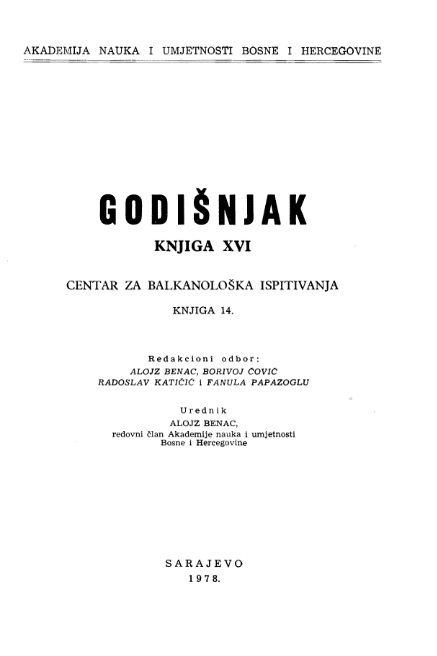Neolithization of the Polish Lowland
Neolithization of the Polish Lowland
Author(s): Tadeusz WiślańskiSubject(s): Agriculture, Economic history, Social history, Ancient World, Social development, Economic development
Published by: Akademija Nauka i Umjetnosti Bosne i Hercegovine
Keywords: Polish lowland; Neolithization; Neolithic; production of food; agriculture; acquiring food;
Summary/Abstract: The changes characteristic of the pass from simple economy acquiring goods from the surrounding nature to the conscious production of food, which is the basic indicator of the Neolithic as a development phase, could not have taken place spontaneously to the north of the Carpathians and the Sudetes. These territories had been covered by dense forests already in the early Holocene. There were no plants in these areas that would be suitable for sowing or planting on a massive scale either. And the populations of bison and boar providing the starting points for the European cow and pig were merely a potential reservoire for future cultures, for it was difficult to utilize them effectively in the dense forests of the Odra and the Vistula basins in the phase of hunting and fishing economy. Moreover, the rich and undestroyed forest ecosystems provided large amounts of food to the hunting groups scarcely populating these areas, which were not forced to seek new solutions. The evolution of their culture and economy went rather in the direction of improving the traditional forms of acquiring food. This influenced considerably the further development of the Neolithic in these territories. [...]
Journal: Godišnjak Centra za balkanološka ispitivanja
- Issue Year: 1978
- Issue No: 16
- Page Range: 117-123
- Page Count: 7
- Language: English

